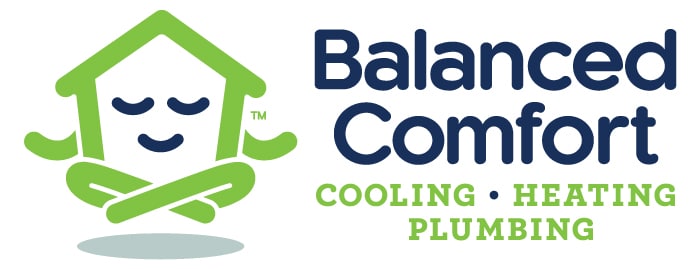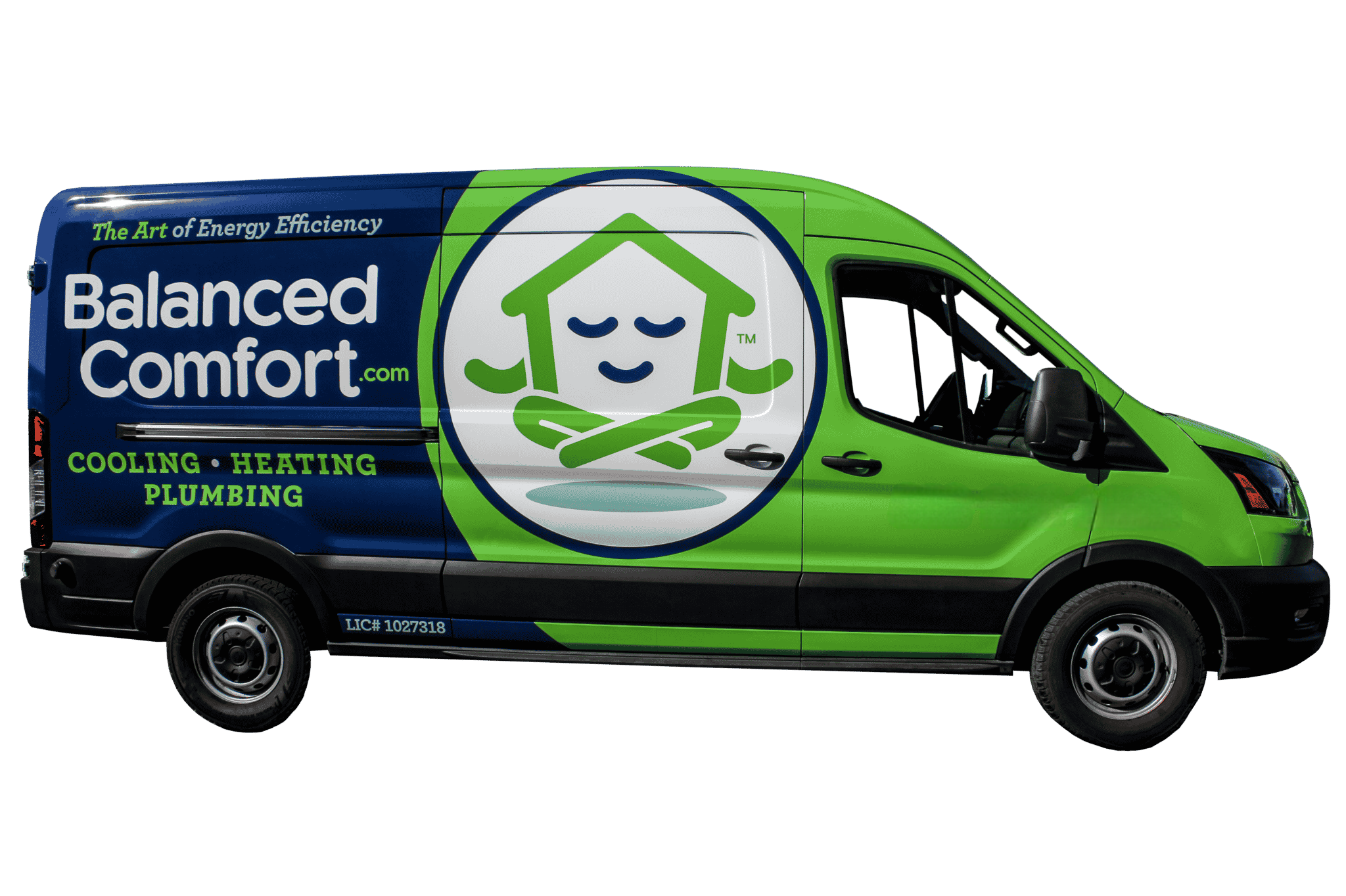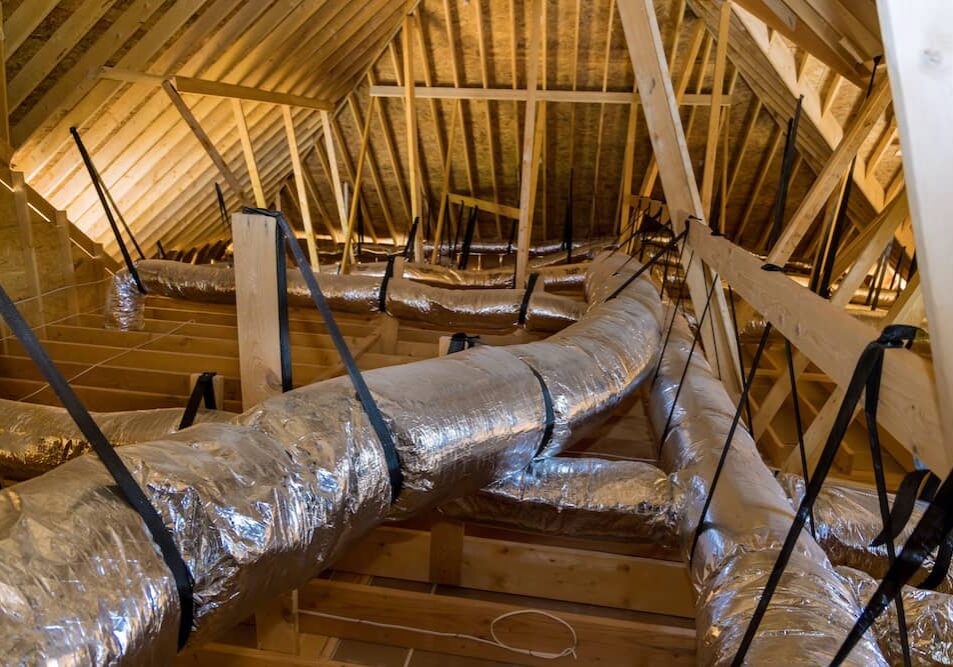
You should schedule professional air ducts cleaning every 3-5 years on average, but households with pets, people with allergies, recent construction dust, or chronic indoor odors benefit from cleaning closer to every two years. The goal is to keep debris, pollen, and dander from piling up until they restrict airflow or trigger respiratory symptoms.
Why the “Every 3–5 Years” Guideline Isn’t One-Size-Fits-All
Most industry associations settle on a three-to-five-year rule of thumb because, under normal conditions, dust and lint accumulate slowly. Yet the way you live, the climate where you live, and even the materials inside your home can shorten or extend that timeline. Understanding what accelerates buildup helps you decide if you can wait the full five years or should schedule a cleaning sooner.
Households with Pets
Cats and dogs shed microscopic skin flakes called dander that float on HVAC airflow and lodge in duct joints. One shedding Labrador can shorten the recommended interval by a full year.
Allergy-Sensitive Families
If someone in the household lives with asthma, hay fever, or dust-mite allergies, even a small debris layer can spark symptoms. Regular duct cleaning becomes part of a broader indoor-air-quality plan.
Recent Renovations
Drywall sanding, floor refinishing, or kitchen demolition kicks dangerously fine particles into the air. Unless vents were sealed during remodeling, a post-project duct sweep is almost always necessary.
Smoking or Fireplace Use
Tar, soot, and creosote cling to vent walls and hold onto odors for years. Homes with indoor smokers or wood-burning fireplaces often need more frequent attention.
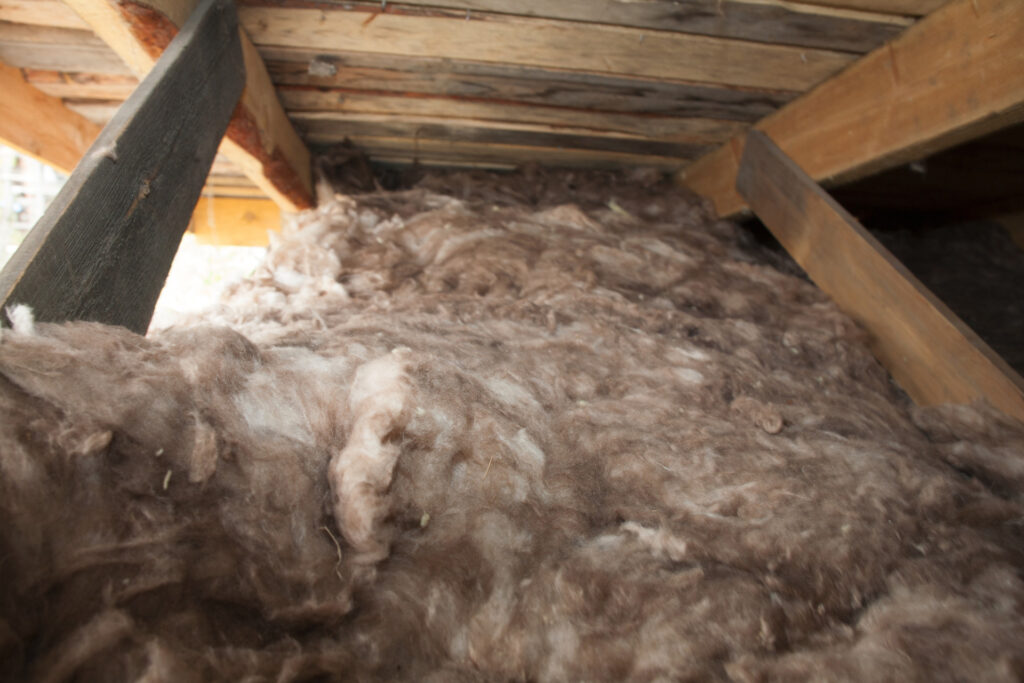
The Hidden Cost of Skipping Duct Cleaning
When dust settles inside supply and return ducts, it does more than create a housekeeping headache. Layers of debris can:
- Reduce HVAC efficiency by narrowing the airway and forcing the blower motor to work harder.
- Harbor mold spores in high-humidity sections of the system, which can spread throughout living spaces.
- Shorten the life span of your air filter, blower fan, and evaporator coil because particulate acts like sandpaper on moving parts.
- Amplify odors as pet hair, cooking grease, or smoke residue recirculates every time the system cycles on.
Many homeowners discover that the energy savings from smoother airflow offset much of the cleaning cost, especially if they haven’t had service in more than five years.
DIY Cleaning vs. Professional Deep Cleaning
A vacuum extension wand or a dollar-store brush may whisk away visible dust at the vent opening, but it cannot reach branch lines, elbows, and plenums where the worst buildup hides. Certified duct cleaning technicians use:
- Negative-pressure vacuums that pull air at thousands of cubic feet per minute, preventing loosened debris from escaping into rooms.
- Rotary agitation tools that scrub caked-on dust without damaging duct walls.
- HEPA filtration that captures 99.97% of particles down to 0.3 microns so nothing re-enters your living space.
- Sanitizing foggers (when requested) to neutralize mildew odors after cleaning.
The result is a system reset and the difference is noticeable in cleaner vents, fresher indoor air, and quieter blower operation.
Signs You Need Air Duct Cleaning
If you’re on the fence about scheduling service, these warning signals mean dust is already circulating back into your rooms:
- A gray “fuzz” coating supply grilles only days after dusting.
- Vent covers that look stained or oily.
- Visible plume of dust when sunlight shines through a supply register.
- A musty smell that appears when the furnace or AC fan starts.
- Family members who sneeze or experience itchy eyes indoors but feel better outside.
Addressing these symptoms protects your health and prevents particulates from reaching the evaporator coil, where a thicker buildup can lead to costly freeze-ups and compressor strain.

How Professional Crews Determine the Right Cleaning Frequency
Reputable technicians evaluate five factors during an HVAC inspection:
- Debris depth
They photograph branch and trunk lines with a flexible camera. Anything thicker than about ⅛ inch warrants cleaning. - Filter history
Homes with consistent three-month filter changes show slower accumulation. Gaps in maintenance speed up the schedule. - Airflow readings
Low cubic-feet-per-minute measurements at supply registers suggest blockages or heavy dust layers. - Odor detection
Persistent musty or smoky smells signal biological or tar buildup inside the system. - Mechanical wear
Dusty fan motors, blackened coil fins, or rattling duct panels reveal that dirt has migrated where it doesn’t belong.
After the walkthrough, the technician recommends a custom interval: two years for high-debris homes, four years for average households, and five years for pristine systems.
Frequently Asked Questions People Search Before Booking
Should I clean my ducts if I’m installing a new furnace or air conditioner?
Yes. Fresh equipment can’t perform to spec if old ductwork is packed with debris. Clean ducts protect your investment and keeps manufacturer warranties intact. This relates to most, but not all, manufacturers – however, we always recommend it!
Can duct cleaning remove mold?
It eliminates the dust that mold feeds on, but active growth may need an antimicrobial treatment. Ask your provider to include an EPA-approved sanitizer if mold is found.
Will duct cleaning damage fiberglass or flex duct?
When performed with soft-bristle brushes and suction — not metal rods — professional cleaning is safe for both materials. Experienced crews adjust agitation speed to prevent tears or delamination.
How long should I wait before changing my filter after service?
Install a fresh filter right after cleaning. The new filter captures any residual particles that dislodge during the first few start-ups.
Do ultraviolet (UV) lights replace duct cleaning?
UV lamps kill bacteria and mold in the air handler but do not remove dust accumulations. They complement rather than replace physical cleaning.
The Step-by-Step Professional Duct Cleaning Process
A trustworthy crew follows a strict workflow so every square inch of the system gets attention:
- Pre-inspection
Photos document current duct conditions from vent to plenum. - System shutdown and containment
Technicians block off supply and return openings with foam wedges to maintain negative pressure. - Agitation and vacuum
A rotating brush travels through each branch line while a vacuum truck pulls contaminants into a sealed tank. - Trunk-line extraction
Larger diameter tools scour the main trunks and plenums. - Coil and blower cleaning
Dust on the evaporator coil and motor housing is carefully removed to restore peak efficiency. - Optional sanitizer or deodorizer
If requested, a plant-based fogger neutralizes lingering odors. - Final inspection
Post-clean photos prove the ducts are spotless, and airflow is retested to confirm improved CFM readings.
How Clean Ducts Pay You Back Over Time
Although duct cleaning is not a monthly utility expense, it delivers hidden dividends:
- Lower energy consumption by 11-60% based on NADCA’s controlled tests. This is because unrestricted airflow allows shorter HVAC run-times.
- Extended equipment life by removing abrasive dust from motors and coil fins.
- Fewer filter changes because they capture less upstream debris.
- Improved indoor air quality resulting in reduced allergy medication or doctor visits for sensitive occupants.
- A fresher-smelling home that makes daily living more enjoyable and welcoming to guests.
Add those savings over three-to-five years, and most households recoup the cost of a professional cleaning.
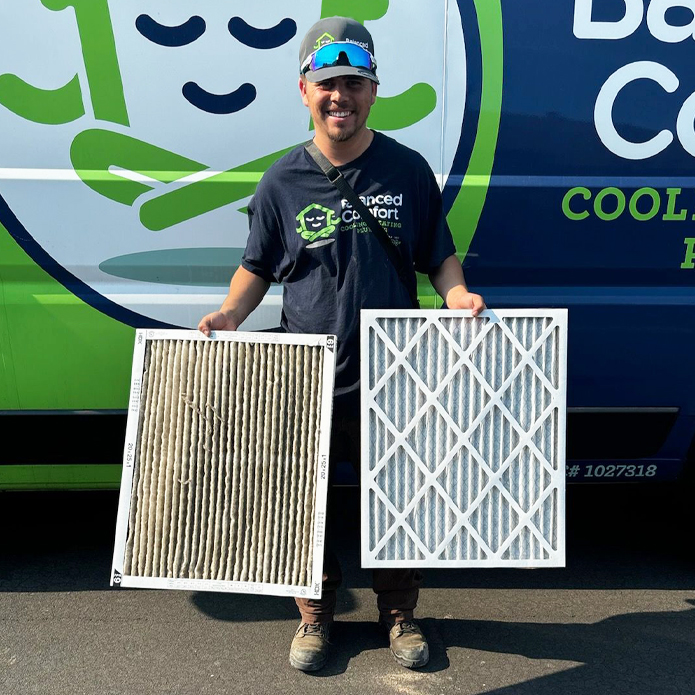
Final Takeaway: Cleaning Frequency Hinges on Lifestyle and Air Quality Goals
The right schedule for air duct cleaning isn’t the same for everyone. Start with the three-to-five-year baseline, then shorten or extend the interval based on pets, allergies, renovation dust, or indoor odors. If in doubt, book a camera inspection. For the cost of a service call, you gain clear evidence of whether your ducts are due or if you can comfortably wait another season. Either way, a proactive approach keeps your HVAC efficient, your indoor air crisp, and your home life balanced year-round.
